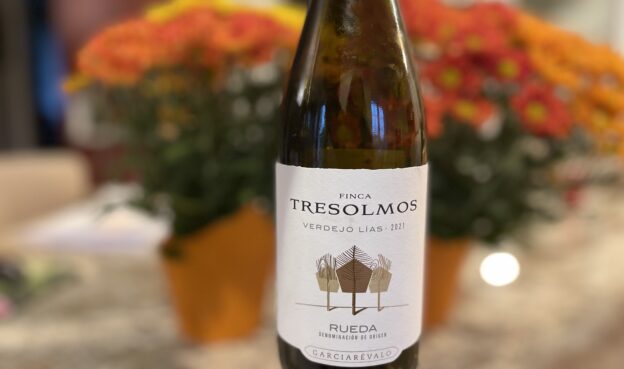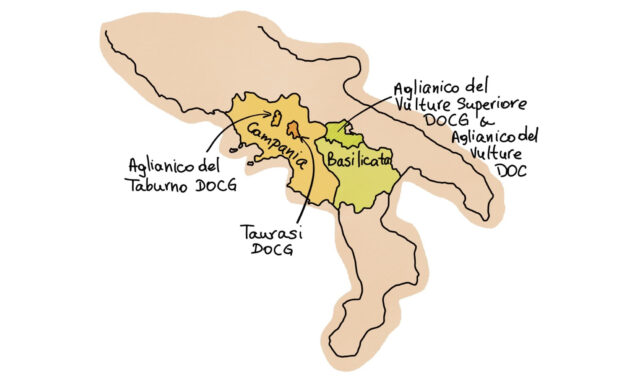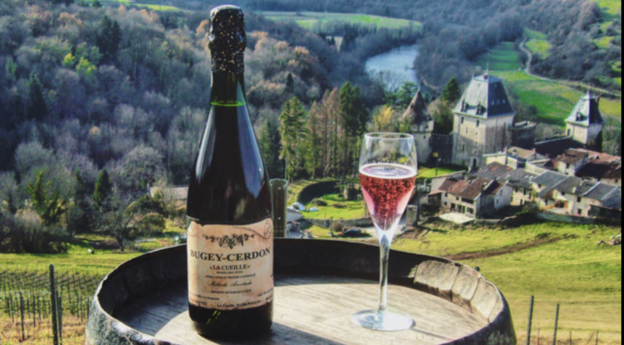Albarino may be Spain’s most famous white wine, but there is an often overlooked varietal that may just deserve the title of Spain’s best white wine. Verdejo is not many people’s first choice of Spanish wine, and its homeland of Rueda is not a place that tourists tend to visit. Yet it should be on everyone’s “wines to try” list.
Style
Verdejo is a dry white wine that is sometimes compared to Sauvignon Blanc due to its herbaceous character (more similar to Sancerre than New Zealand’s more tropical style), but I think has more depth and complexity. Verdejo has flavors of peach and citrus, aromas of white flowers and honeysuckle, and is balanced by a slightly bitter note of grapefruit, raw almond and fennel. When its aged on lees, it develops a fuller texture.
Wines labeled Rueda must contain at least 50% Verdejo. It is typically blended with Sauvignon Blanc or Macabeo. Wines designated Rueda Verdejo must contain at least 85% Verdejo, but are often 100% Verdejo.
Terroir
The Verdejo grape originated in North Africa and is now most widely planted in Rueda, Spain within Castilla y Leon. This is a landlocked area in the northern central part of the country that sits high on the flats of the Maseta Plateau. In fact, Rueda has some of the highest altitude plantings in the world (some up to 3,000 feet).
This extremely high altitude means Rueda has huge day-night temperature swings of up to 50 degrees. The hot days encourage ripening for sugar and flavor accumulation, then the cool nights allow the grapes to rest and retain refreshing acidity.
Rueda has a very dry climate with deep, sandy soils. This does two things – the lack of humidity reduces fungal disease, allowing widespread organic farming. Also, the sandy soils are inhospitable to the vine-killing louse, phylloxera, so there are many ungrafted old vines here that never had to be replanted.
History
Historically, Verdejo was used to make oxidized, Sherry-like bulk wine that was of low quality. Then in the 1970s, the Rioja-based winemaking company Marqués de Riscal saw the potential in Verdejo and brought in a French winemaker to help them produce a high quality, fresher style of unoaked wine. They then encouraged growers in Rueda to keep their Verdejo vines rather than replant them to higher yielding grapes or other more profitable crops. This was the start of Verdejo’s revival.
Recommendations
- Protos Verdejo ($13)
- Garciarévalo Rueda ‘Finca Tresolmos’ ($20)
- Bodegas Vatan Nisia Las Suertes Old Vines Verdejo ($25)
- Shaya Habis Old Vines Verdejo 2018 ($30)


